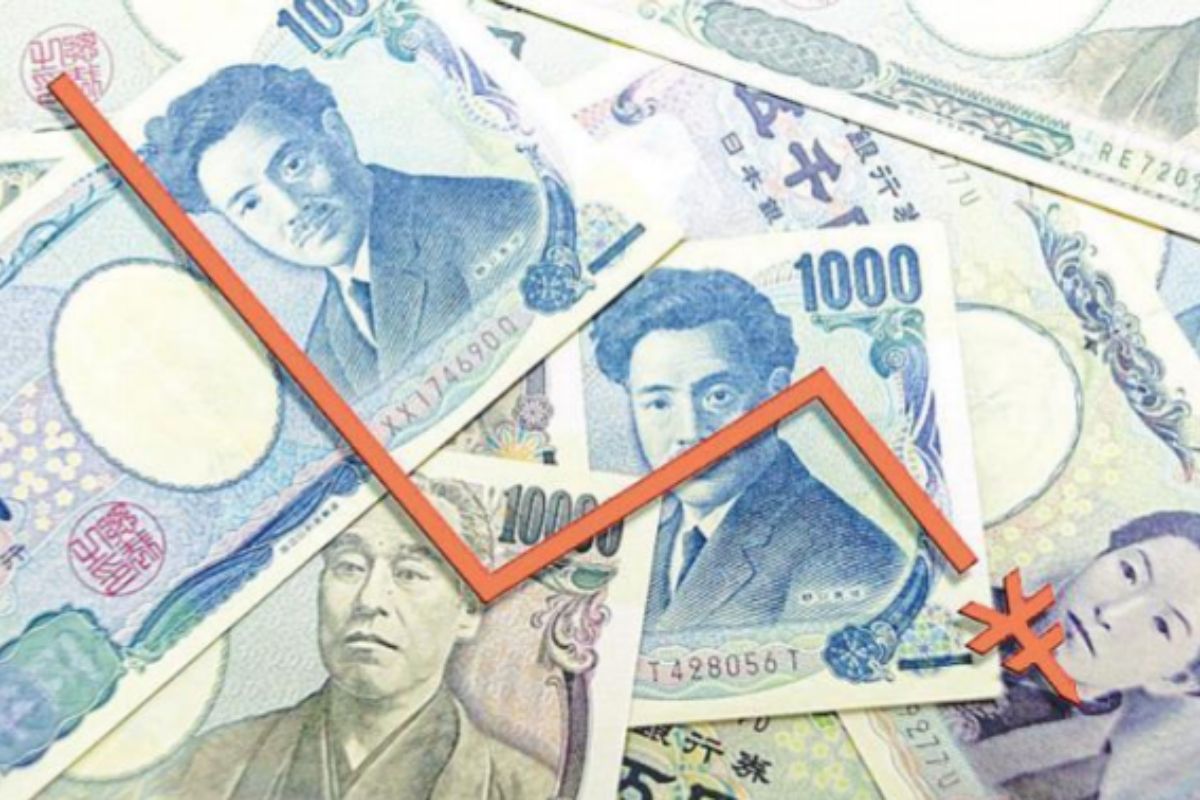I t never rains but it pours. Every day this summer we are bombarded by bad news – raging forest fires, continuing Ukraine War, random shootings in different cities, a mutating Omicron, Monkeypox and rising debt distress all over. The good news for some is that the United States dollar is stronger than ever. Or is that bad news for others? In the Bali G20 Financial Ministers and Central Bank meeting held last week, there was concern that currency volatility could trigger more instability in the emerging markets. The dollar is strong is because the euro, yen and even the RMB are weakening. Times of global uncertainty, and the fact that the Fed is raising interest rates, makes the dollar attractive as a safe haven currency. The euro is understandably weak with the Ukraine war, shutdowns in gas and rising inflation, plus widening fiscal deficits. China has been affected by the Omicron lockdowns.
Thus, the IMF Chief Economist has warned in his latest blog that the current outlook is looking pretty gloomy, if not grim. All the risks appear to be on the downside. The Fund has projected three years of slowing global growth from 6.1 per cent in 2021, 3.2 per cent this year and 2.9 per cent next year. With tighter monetary policy, the United States will slow down to 1 per cent next year; whilst the Euro area will slow to 1.2 per cent in 2023. China’s growth is already down to 3.3 per cent this year, the slowest in more than four decades. The Yen is down to 137 to the dollar, the lowest for 20 years, 16 per cent lower than at the beginning of the year. Three possible reasons are given for this decline: the oil shock from the Ukraine War, difference in Bank of Japan’s monetary policy stance; and possible return of Mrs. Watanabe. Let’s deal with the easier reasons first.
Advertisement
Japan is a major energy importer, so higher oil prices increases her trade deficit, meaning greater outflows of Yen. But Japan runs an overall balance of payments surplus because of her net international investment position of $3.5 trillion dollars, meaning she is one of the largest net lenders to the rest of the world. As the nation ages (with a median age of 48 years) earnings on her accumulated savings keep the balance of payments in surplus, so there should not be too much impact on the Yen rate. The second is the loosest monetary policy in reserve currency countries. Japan was the first to experiment with unconventional monetary policy and quantitative easing (QE) by announcing the zero-interest policy in February 1999, when the country was going through the post-bubble recession. Aggressive monetary policy came in 2013 with the First Arrow of “Abenomics”, the economic policies of the recently assassinated former Prime Minister Shinzo Abe.
The Bank of Japan (BOJ) promised to double the money supply and achieve the 2 per cent inflation target, which enabled the Yen to weaken from a high of ¥77 to the dollar to ¥101.8 within six months of the second Abe cabinet (2012-2014). Since 2013, the Bank of Japan’s balance sheet has expanded from roughly 30 per cent of GDP to currently 134 per cent of GDP, compared with the 30- 40 per cent range for the Fed and the People’s Bank of China balance sheets. Now that the Fed has hiked the Fed funds rate by another 75 basis point, the gap between US interest rates and European Central Bank (ECB) and Bank of Japan rates is widening, enabling the return of interest rate arbitrage trading (borrow cheap Yen or Euro and invest in dollar assets). Traders are now more willing to short Yen or Euro and long dollar, betting that the dollar will go stronger. Note that the Fed funds rate is between 2.25-2.5 per cent, whilst ECB interest rate was hiked this month to 0.5 per cent per annum from zero, and BOJ is still -0.1 per cent.
With US inflation at a high of 9.1 per cent per annum, the real interest differential is still negative by over 6 percentage points, suggesting more room for interest rate hikes. This raises the spectre of the return of Mrs. Watanabe, the mythical Japanese housewife who used margin trading to earn higher interest rates to supplement her household income. She would lose heavily if the Yen appreciates sharply instead of continuing to depreciate. Markets worry about Mrs. Watanabe because there is over a thousand trillion yen ($6 trillion) of Japanese household deposits earning no interest rates, and if a portion were used to speculate on FX, the markets would be in for another roller-coaster ride. So far, Japanese inflation is still low compared with those in the US and Europe, so the BOJ has not acted to change its current monetary stance. My book, “From Asian to Global Financial Crisis” (Cambridge University Press 2009) pointed out that depreciation of the Yen caused Japanese banks in the 1990s to pull back on their dollar loans to East Asia, triggering off the dollar shortage.
This time round, the Japanese banks are well capitalized, but the weakening Yen and Euro (by implication stronger dollar) have always led to global liquidity tightening, causing FX losses for dollar borrowers, especially amongst emerging markets (note the debt distress in Sri Lanka). With 30-year residential mortgages already costing 5.5 per cent per annum, the US housing market is cooling off, and further hikes could trigger recession. As higher interest around the world reverses asset bubbles, we are caught between stagflation (high inflation and stagnant growth) and financial distress. Note that in every global financial crisis, there were major corporate or sovereign debt defaults except during this last pandemic, when loose monetary and fiscal policies staved off mass borrower failures. But the period of postponing bankruptcies and low interest rates may well be over.
Thus, all eyes are now on what the major surplus countries like Japan will do. Will Japan continue to supply the rest of the world with savings? Will Yen interest rate increases cause Japanese investors to seek safety back home in Yen? Those who have no yen for risk, hold on to your hats!
















